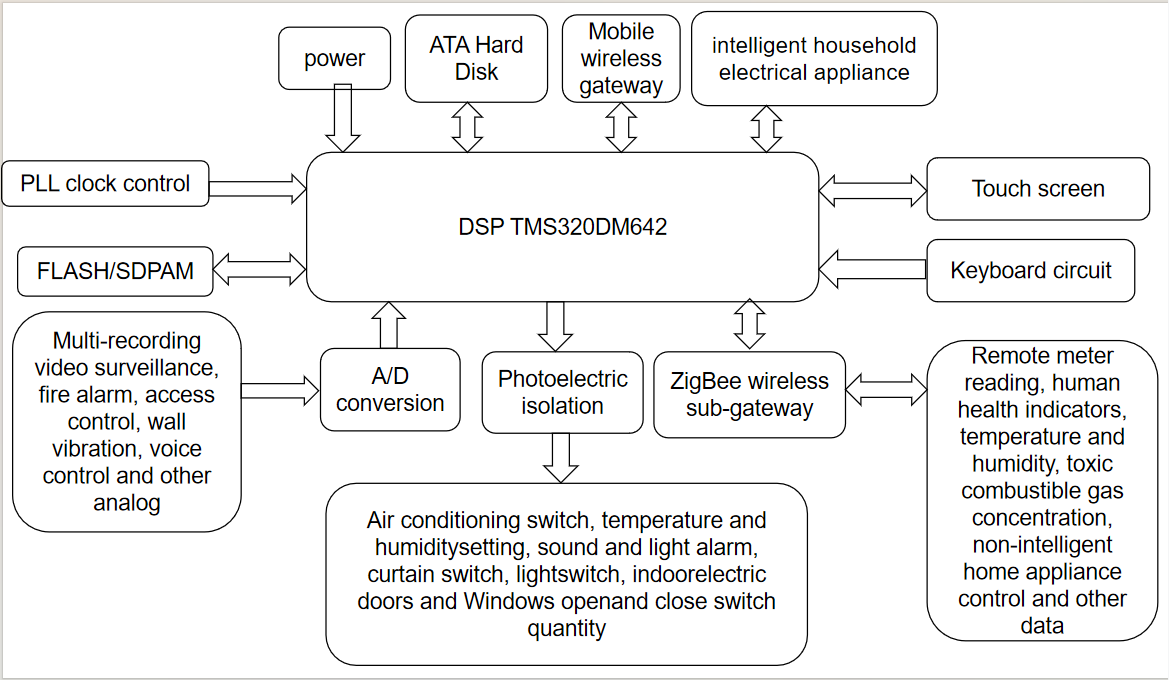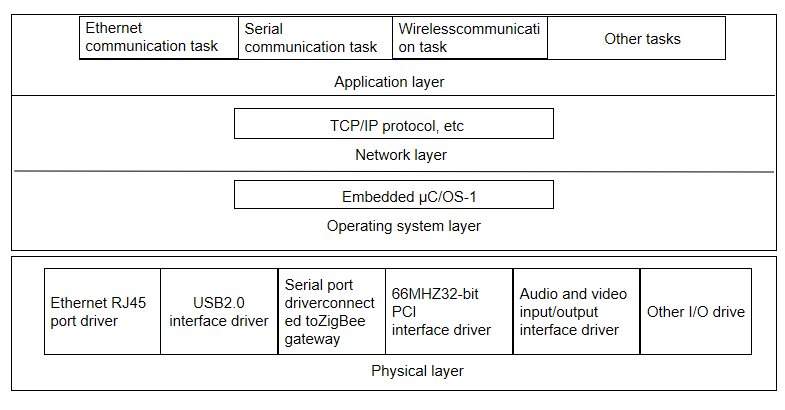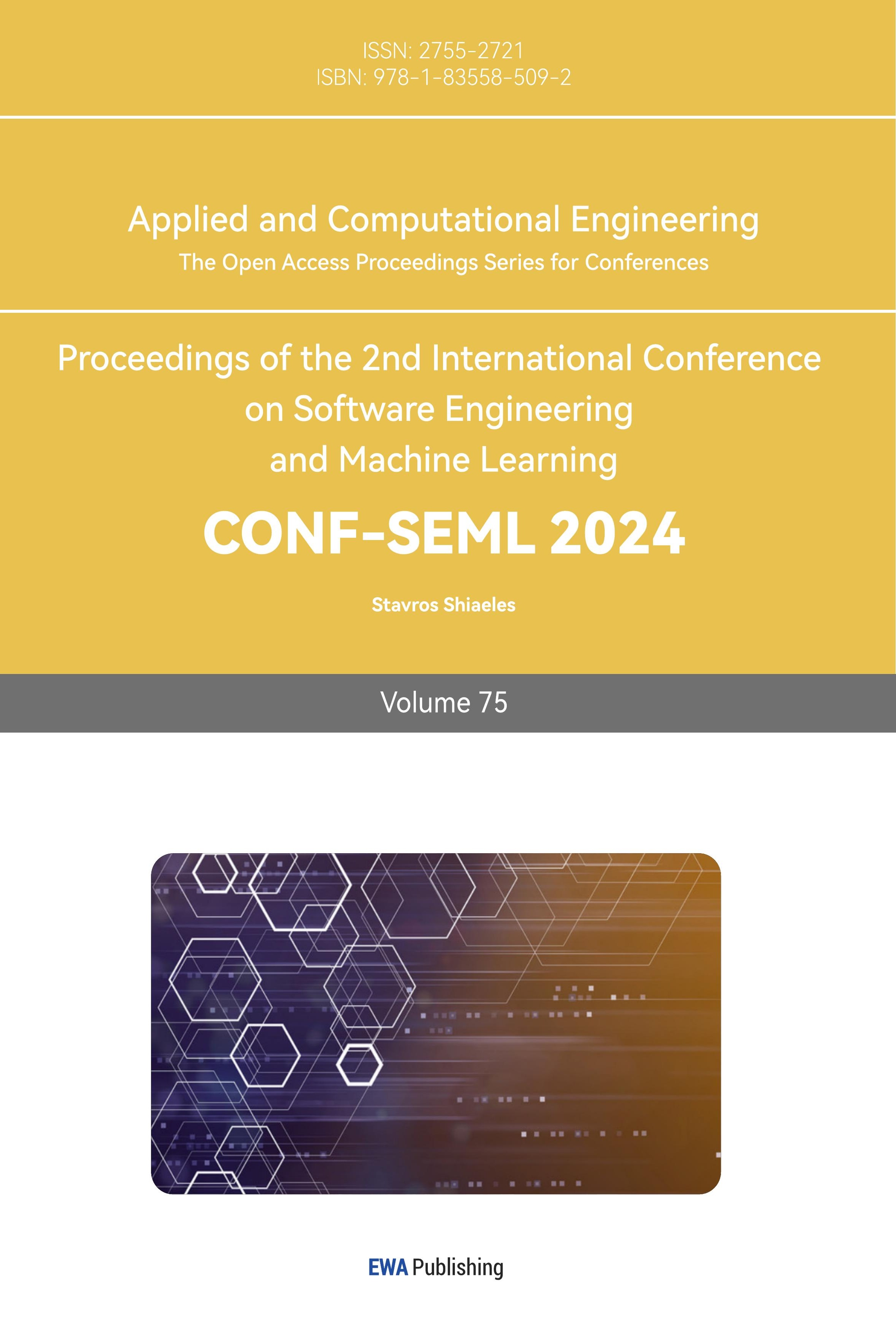1. Introduction
In the future, a unified smart home platform for lighting, entertainment equipment, appliances, etc. in the home will be able to achieve barrier-free interconnection. DSP technology is a kind of technology that uses a special or general digital signal processing chip to process signals through a digital calculation method. It has the advantages of precision, flexibility, good reliability, small size, and easy large-scale integration. Embedded technology is a kind of computer technology designed for a specific application. Its main feature is the flexible combination of software and hardware. An embedded system is usually embedded in the device, interacts with the surrounding physical environment, and realizes the intelligent control of the device. Because of its small size, low power consumption, and high reliability, embedded technology has been widely used in smart home control systems [1]. For example, in an intelligent lighting system, the embedded operating system can control the switch, brightness, color, and other parameters of the light through the mobile phone APP or voice assistant to achieve energy saving and personalized lighting. In the intelligent security system, the embedded operating system can monitor the home security situation in real time, and find and deal with abnormal situations in time. In smart home appliances, embedded operating systems can realize the interconnection of devices and facilitate users central control and management of home appliances.
This paper briefly summarizes DSP technology and embedded technology, and puts forward the composition of an intelligent home control system based on embedded DSP technology. The hardware and software design and implementation of the system are discussed.
2. Embedded system-based smart home control system design
The smart home system adopts a hierarchical architecture, which is divided into device layer, network layer, control layer, and application layer [2].
(1) Equipment layer: This includes a variety of smart home equipment, such as intelligent lighting, intelligent curtains, intelligent clothing poles, environmental temperature and humidity sensors, and home appliances. These devices communicate with the network layer through wireless communication modules.
(2) Network layer: Wireless communication technology is adopted, such as ZigBee, WiFi, and Bluetooth, to achieve communication and data transmission between devices. At the same time, the network layer also communicates with the control layer through the Internet to achieve remote control functions.
(3) Control layer: The embedded system is used as the controller to realize the control and management of the device layer. The control layer includes the master controller and the sub-controller. The master controller is responsible for the overall control and management, and the sub-controller is responsible for the control of specific devices.
(4) Application layer: including mobile phone applications and web applications, to achieve user interaction with the system and remote control functions. Users can control the switch, brightness, switch curtains, switch clothes poles, etc. of home devices through mobile phones or web applications, and they can also set the automatic operation mode and alarm function of the device.
3. Hardware design of smart home management terminal
The hardware principle block diagram of smart home management terminal is shown in Figure 1, including high-speed DSP chip module, switching input, switching output, analog input, RJ45 Ethernet interface module, external hard disk interface module, intelligent device interface module, memory expansion, real-time clock, keyboard and touch LCD display module [3].

Figure 1. Hardware schematic diagram of the smart home management terminal
(1) The high-speed DSP chip module is the core of the smart home system, which needs to connect multiple peripherals and powerful computing power. There are two options: a general-purpose ARM chip and a dedicated high-speed DSP chip. Although the dedicated high-speed DSP chip has a low frequency, due to the multi-bus multi-function unit structure, the single cycle can execute multiple instructions in parallel, and the targeted instruction set design, the actual processing capacity is very powerful, which is suitable for embedded system applications in many fields. The system uses the special digital signal processor TMS320DM642 series of TI company as the control core to ensure the real-time performance of the system [4].
(2) The device is equipped with 16 channels of analog data acquisition, which can directly collect DC data from sensors such as temperature and humidity, fire alarm smoke, and combustible toxic gas. It can also directly collect AC data from mains voltage and current, and can collect home video surveillance data from up to 6 CCD cameras. After A/D conversion, it is sent to DM642 for processing. After encoding compression, it is sent through an EDGE/TDSCDMA/WLAN mobile wireless gateway to achieve a real-time image transmission rate of 25 frames per second and realize all-weather multi-direction image monitoring. The 16 analog channels are redundant and reserved for backup.
(3) For water and electrical three-meter remote meter reading, toxic combustible gas monitoring, temperature and humidity non-intelligent home appliance control, and other data that do not require high-speed transmission, as well as the status quo that many home decoration does not consider such integrated wiring, consider the use of low-cost, mature technology ZigBee wireless network to independently form a home wireless sub-network. The gateway of the wireless sub-network is connected to the core DSP of the smart home management terminal by series 121 after the necessary hardware voltage level conversion. ZigBee wireless networks can use TI's CC2430 and CC2520 chip networks [5].
(4) The system also has 14 switching outputs for equipment control.
(5) In addition, there are real-time clock, keyboard, and touch LCD display modules, which are used by customers to set system data, manage the home environment in real-time, query and handle related business, and check the operating status of equipment.
(6) The watchdog circuit is used to monitor and ensure the normal operation of the entire home intelligent management terminal.
(7) Storage module A large-capacity hard disk is attached to the ATA port extended from the EMIF port of the DM642, which can back up all the local home environment data, and can also be used to download and save Internet network resources.
(8) The USB interface module is connected to the host interface (HPI) of DM642 through the establishment of related USB2.0 interface control chip, to achieve interactive data between the home intelligent management terminal and external USB devices, real-time monitoring of system operation, and dynamic adjustment of system software.
4. Smart home management terminal software design
The system software of the smart home management terminal should complete the collection, analysis and processing of various relevant data. According to the thresholds set by the parameters, alarms are sent to the alarm signal and reported to the specified remote terminal. At the same time, the remote terminal can query and control commands [6]. Output corresponding query results or execute local or remote control commands. The overall system software framework is shown in Figure 2:

Figure 2. Homeintelligent management terminal system software framework
The system software of the smart home management terminal mainly consists of the following parts [7]:
(1) Initialization of the chip and configuration of peripheral hardware;
(2) The communication part includes two contents: one is the communication between DSP and various devices, mainly protocol conversion and communication with a mobile wireless gateway;;
(3) Interrupt service procedures;
(4) Human-machine interface program.
In addition, the complete smart home system also includes home wiring system, home network system, smart home (central) control management system, home lighting control system, home security system, background music system (such as TVC flat screen sound), home theater and multimedia system, home environment control system and other subsystems. The main components of smart home system also include central control gateway, communication protocol and physical media, information system, network management software, intelligent terminal equipment, and so on.
In terms of physical media, the interactive control mode of smart home devices has made significant progress compared with traditional home devices. In addition to the traditional physical button button or infrared Bluetooth remote control, modern smart homes also introduce a variety of interaction methods such as close touch, medium distance voice, and mobile phone apps that are not limited by distance. These diverse interaction methods make it easier for users to control and manage various devices in the home [8].
In terms of information systems, smart home systems not only include hardware devices, but also a complex software system to support its operation. This software system is responsible for processing and analyzing the data collected from individual smart devices, and adjusting and controlling it accordingly according to the needs and preferences of users. For example, when the intelligent temperature sensor detects that the indoor temperature is too high, the system can automatically adjust the working state of the air conditioner to ensure that the indoor temperature is kept within a comfortable range [9].
In general, the physical media and information system of the smart home system together provide users with an efficient, comfortable, safe and convenient home environment. In the future, with the continuous development and improvement of the Internet of Things and artificial intelligence technology, smart home systems will become more intelligent and personalized.
Smart home management system is the core part of smart home, it is responsible for the completion of equipment management, scene setting, energy management, schedule management, security distribution withdrawal, security monitoring management, property management services, and other operations. In the design process, it is necessary to consider many aspects, such as sensors, controllers, actuators, and communication networks, and adopt appropriate strategies to improve the performance and reliability of the system.
5. Conclusion
DSP technology and embedded technology are the core technologies used in this smart home control system. They guarantee the real-time and accuracy of the system, and provide good versatility and scalability, so they have high practical application value. They play an important role in improving the comfort and convenience of home life. As the Internet of Things and artificial intelligence technology continuously develop and improve, the smart home system is expected to become more intelligent and personalized. In the process of upgrading and designing, it is necessary to consider the collaboration of sensors, controllers, actuators, communication networks, and other aspects, so as to adopt appropriate strategies to improve the performance and reliability of the system, and then perform a better function in terms of improving the comfort and convenience of home life.
However, this paper mainly analyzes and elaborates on the smart home control system with qualitative research methods in the analysis process, and lacks relevant experiments and data analysis. In addition, the article shares fewer references to the latest research and achievements. In the future, the authors will increase their in-depth understanding of DSP technology and embedded technology to optimize the application of smart home control system in the popularization of real house intelligence.



